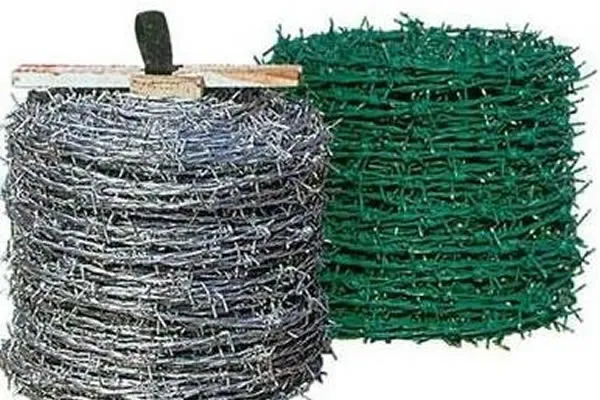 TEL:
+86-13102802206
TEL:
+86-13102802206
 Email:
fencenetting@china.com
Email:
fencenetting@china.com
 Language
Language
 TEL:
+86-13102802206
TEL:
+86-13102802206
 Email:
fencenetting@china.com
Email:
fencenetting@china.com
 Language
Language


The Concept of Barb Wire Without Barbs A New Approach to Fencing
Fencing is a critical aspect of securing property, managing livestock, and establishing boundaries. Barbed wire has long been the go-to solution for its affordability and effectiveness in deterring intruders and keeping animals in check. However, the presence of sharp barbs can pose significant risks to both humans and animals. In recent years, the concept of barb wire without barbs has emerged, offering a safer yet functional alternative that stands to revolutionize the traditional fencing industry.
Understanding Barbed Wire
Barbed wire consists of two or more strands of wire twisted together, with sharp barbs placed at intervals. This design serves two primary purposes it creates a formidable barrier, and its sharp edges discourage any attempts at climbing or passing through. However, the very features that make barbed wire effective can also lead to unintended injuries. Animals can become ensnared, and humans can sustain cuts, leading to complications such as infections or, in severe cases, accidental fatalities.
The Advantages of Barbless Wire
Barb wire without barbs maintains a similar structural design but eliminates the sharp protrusions. This innovative approach still provides adequate deterrence against tampering or unwanted intrusion, without the associated risks of injury. Here are several advantages of using barbless wire in fencing applications
1. Safety The most immediate benefit is safety. With no sharp barbs, the chances of injury to humans or animals are drastically reduced. This aspect is particularly relevant for farms, ranches, and properties where children or livestock frequently roam.
2. Ease of Handling Barbless wire is easier to handle and install. Workers can manage the fencing material without the risk of cuts and scrapes, which makes the construction and maintenance of fences much more efficient.

3. Versatility Barbless fencing can be used in various settings, from residential areas to commercial properties. Certain designs can even enhance aesthetic appeal while still offering a secure barrier.
4. Cost-Effectiveness Although the initial investment may be similar to that of traditional barbed wire, the long-term savings from reduced injury-related costs and lower maintenance needs make barbless wire an attractive option.
5. Animal Welfare For livestock owners, barbless fencing aligns better with modern animal welfare standards. Animals can move freely without the fear of injury from sharp edges, leading to healthier, less stressed creatures and potentially enhancing productivity.
Applications of Barbless Wire
While barbed wire has dominated fencing for decades, the newer design of barbless wire is becoming increasingly popular in various applications. Farmers are adopting it for livestock containment, while homeowners utilize it for perimeter security. Additionally, schools and parks have recognized the benefits of using barbless fencing to create safe recreational spaces.
Moreover, barbless wire can be enhanced with innovative technology, such as electric fencing capabilities, which can provide an extra layer of security without the dangers associated with barbed wire.
Conclusion
The advent of barb wire without barbs marks a significant shift in the fencing landscape. By prioritizing safety, practicality, and animal welfare, this innovative option presents a compelling case for change in an industry that has long relied on traditional designs. As more people become aware of the benefits and applications of barbless wire, it is likely that this approach will gain traction and may ultimately redefine how we think about fencing for years to come. In this era of progress and innovation, the mantra of “safer, not sharper” may well lead the charge into a new frontier of fencing that better suits the needs of a modern world.